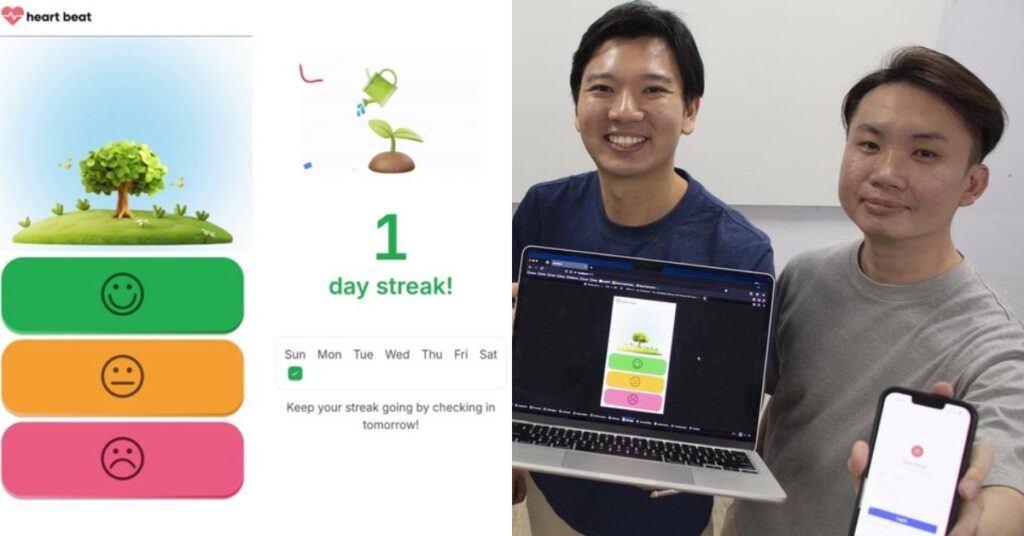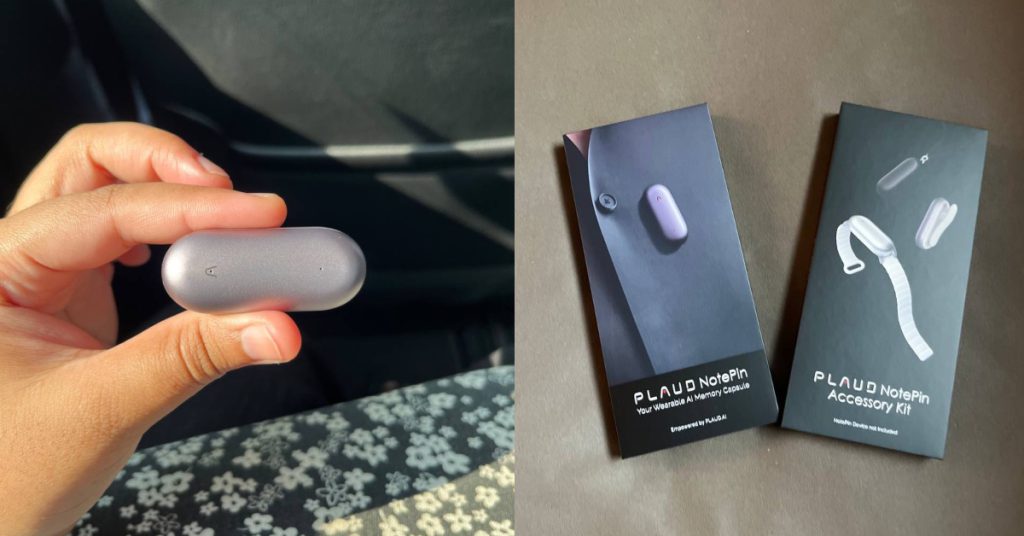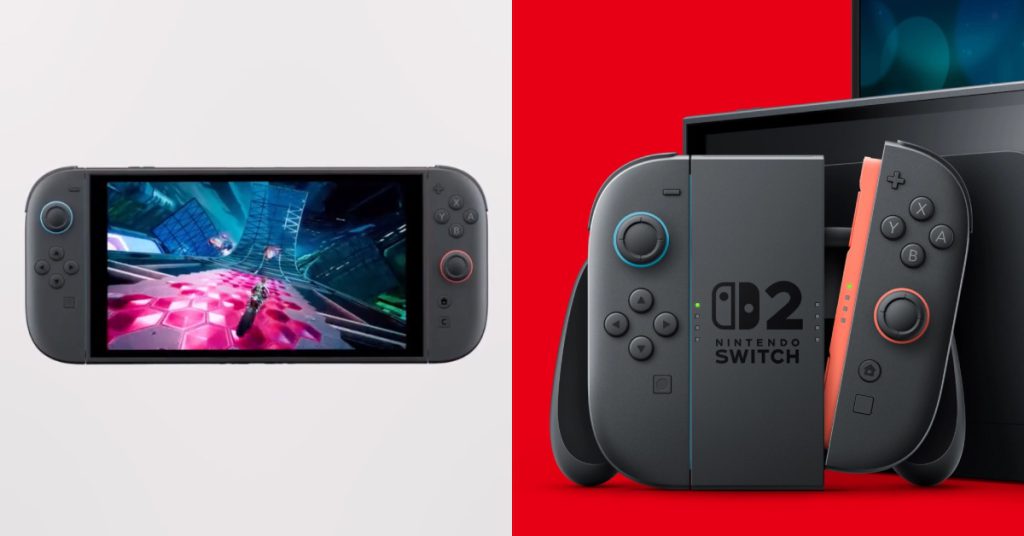It’s getting harder to care for the battery health of your smartphone. For phones, tablets, and laptops, gone are the days where we can just simply replace the battery if it became damaged due to bad charging habits.
Batteries in all these devices are now sealed in, and unless you are technically sound, you wouldn’t want to pry open your devices without specialist equipment.

The rise of thin and light devices also means that doing repairs on them will burn a hole in your wallet so many times that you will rather get an entirely new device.
In that light, you will want to ensure that any new tech you buy lasts as long as possible. While phones are something we change so very often, our larger devices like tablets and laptops are the ones that we expect to last at least 5 years or more.
Ensuring The Longevity Of Your Phone Battery
There’s a lot of conflicting advice on the web that details what you should and should not do with regard to charging habits.
Well, the first thing you should know is that the old ways which you are advised back when you got your first Nokia isn’t relevant anymore.
1. Do Not Deep Discharge Regularly

Deep Discharge Cycle – this is a process of draining your batteries completely before charging it back up again to full, and is something you definitely should not do. A full charge cycle is counted as the time your battery goes from 100% to 0%, and letting your phone die will mean you’ve used up one cycle.
The Lithium Ion and Lithium Polymer batteries that are found in most modern devices will actually get damaged if you keep doing this.
That’s not to say that you shouldn’t do a deep discharge either. Experts recommend doing it at least once a month to ‘calibrate’ your battery and to ensure accurate charge measurements.
2. Do Not Charge Until 100%
While we are on the topic of charging your devices from 0% to 100%, do not top up your battery to the brim. Instead, unplug anywhere after 80%.
You should already know by now that you should be using certified chargers and cables with your devices to prevent any mishaps. A combination of that and the circuitry in your devices will (mostly) prevent overcharging, and protect your battery.
While that may be true, it is still not a good idea to charge your devices all the way.
Also, it is not a good idea to let your phone die at 0% either. Your phone only has a finite amount of charge cycles and every time you go down to 0, that’s one more cycle added, and one step down the lifespan of your battery.
3. Do Not Overheat

The process of charging will inadvertently involve some heat being exchanged and for the thin and light devices of the modern age, and that heat is definitely a problem.
An excess of heat is often associated with the performance of a device being affected, and this includes the damaging of the battery as well. Certain phone cases will also compound the heat, so if you have one on, it’ll be best to remove it when charging.
The same can be said about the other end of the spectrum, as extremely cold temperatures are also bad for your device. Apple recommends a temperature of 32° C or less.
4. Trickle Charge, Don’t Fast Charge

You brand new phone may be touting this new feature called “fast charging” promising to give you a day’s worth of up-time in just 15 minutes – but honestly, it’s best not to use it often.
While charging technology has evolved rapidly, the batteries that are being charged have largely remained the same in the last decade. If at all possible, it’s better to use something like a 1A charger to plug into your phone to charge over an hour or two.
Of course the arrival of USB Type-C seeks to change all these offering even faster charge times at higher values, but still it’s best to go low.
5. Switch Off Your Devices
In a connected world that is constantly online 24/7, it’s easy to take for granted that our devices need some time off too.
Switching your phone off once a week can do wonders to ensuring the health of its battery, and helping to maintain its efficiency and charge capacity.
6. Leave Half A Charge If You’re Not Using It Frequently
Some of us will have a spare phone, or a tablet and laptop that we use infrequently. For these devices, it is recommended that you keep them at least half charged.
Keeping it 0% will in the long term render the battery incapable of holding a proper charge. At the other end, keeping the device fully charged can actually make the battery lose some of its maximum capacity, leading to shorter battery life.
7. You Do Not Have To Charge Your New Device For 8 Hours
This is something that until today, I still hear salespeople telling their customers in stores.
Devices with lithium based batteries (a norm for consumer products these days) can be used right out of the box because as you’ve read above, they will have a minimum 50% charge so that they can be kept on the shelf.
Frankly, anyone will be guilty of at least one of the above offences, and in the context of today’s capitalist world, our bad habits would probably be of little impact since we go through multiple mobile devices over the course of 2 to 3 years.
Even then, batteries failing after a year of bad management is still a possibility, so it can’t hurt to have some best practices until your phone line is ripe for a re-contract.
Also Read: This Startup’s ATMs At Changi Airport Lets You Trade In Annoying Foreign Change For Cash Credits















